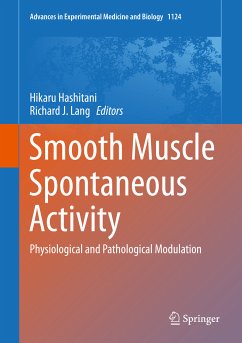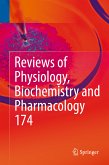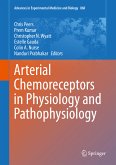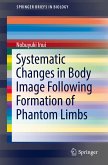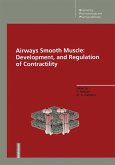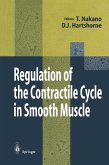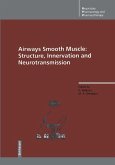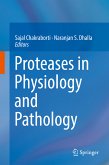This book presents the commonality and heterogeneity of the mechanisms underlying smooth muscle spontaneous activity in various smooth muscle organs and in addition discusses their malfunctions in disease and their potential as novel therapeutic targets. To facilitate understanding, the volume is divided into five parts and covers 16 organs: airways, phasic muscle, tonic muscle, renal pelvis, ureter, urinary bladder, urethra, corporal tissue, prostate, uterus, oviducts, seminal vesicle, artery, vein, microvasculature, and lymphatic vessels. This structure will help readers to comprehend the most up-to-date information on the similarities and differences in the contractile mechanisms driving various smooth muscles as well as their potential manipulations in particular visceral organ pathologies. The vast advancements in gene, electrical recording, and imaging technologies in this field are also discussed, with review of past achievements and consideration of likely future developments.This book will be of worldwide interest to clinicians, students, and researchers alike.
Dieser Download kann aus rechtlichen Gründen nur mit Rechnungsadresse in A, B, BG, CY, CZ, D, DK, EW, E, FIN, F, GR, HR, H, IRL, I, LT, L, LR, M, NL, PL, P, R, S, SLO, SK ausgeliefert werden.

